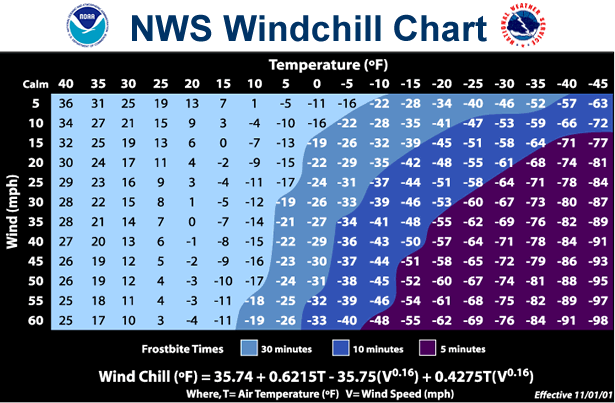Temperature
Based on preliminary evidence, January 2014 was the eighth coldest January on record for Illinois. The statewide average temperature was 18.2 degrees, 8.1 degrees below the 1981-2010 average of 26.3 degrees. The statewide records go back to 1895.
Coldest January’s on Record
- January 1977: 10.3°F
- January 1918: 11.6°F
- January 1979: 12.9°F
- January 1912: 13.9°F
- January 1940: 13.9°F
- January 1978: 16.0°F
- January 1963 and 1982: 16.7°F
- January 1970, 1985, and 2014: 18.2°F
After being largely absent for the past two winters, below-zero temperatures were common in January 2014. For example, in Chicago the low temperature was zero or below on 13 days at O’Hare Airport. The low temperature was below freezing (32 degrees) every day of the month at Chicago.
Snowfall and Precipitation
Snowfall for January was above-average for most of the state, except far southern Illinois. Amounts ranged from 1-6 inches in far southern Illinois to 25-30 inches in northeast Illinois (getting a boost from lake-effect snow). The rest of the state saw snowfall totals in the 10-20 inch range. Chicago reported 33.5 inches of snow through Thursday, the third snowiest January on record. And it’s still snowing at the time of this report on Friday morning. The Chicago snowfall records go back to 1888.
The combination of the water content of the snow and a few rain events resulted in a state-wide precipitation total of 1.76 inches, which is just slightly below the long-term average of 2.12 inches. However, some areas of the state were below-average in January, especially south of Interstate 70 where winter-time precipitation is typically heavier than this year.
Snowfall (left) and snowfall departures from average (right). Click to enlarge.



